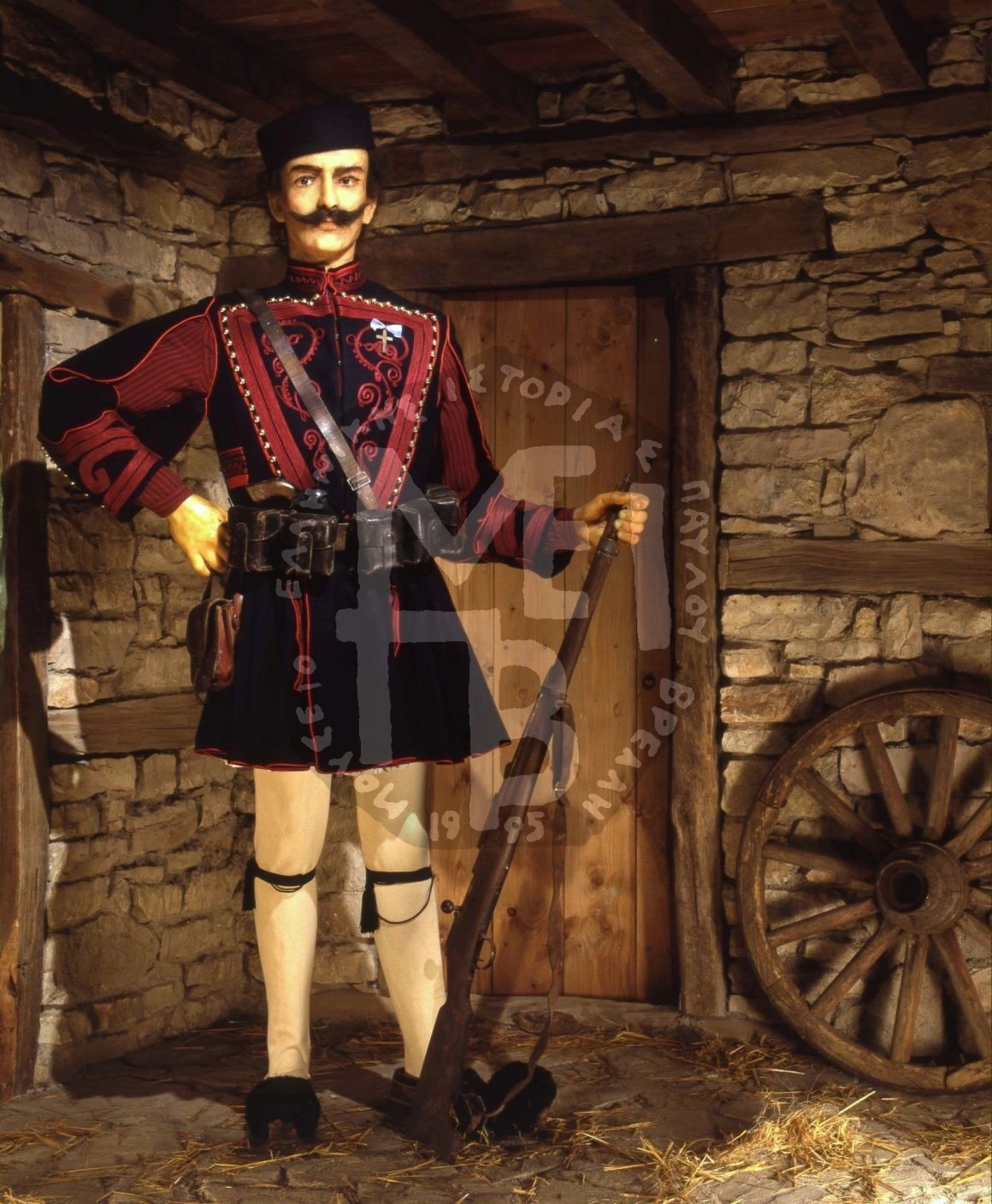“That memorable heroic soul was the pride and joy of Greek valiance and self sacrifice. Born in Marseilles, on March 29, 1870, Pavlos Melas came to Greece in 1874. He was educated in a unique environment, enjoying both his mother’s kindness and humanity, and his father’s ardor; he was from a generation of patriotic men from Epirus, with many sacrifices for their country. He graduated the Army Cadet School in 1891 with the rank of artillery first lieutenant.
Those were times of upheaval in the Balkans. Revolutions against the Sultan kept breaking out in areas like Crete, Thessaly, Macedonia and Epirus that longed for joining the independent Greece, as well as in various areas in the Balkans.
In fact, Macedonia suffers both from the Turkish slavery and the Bulgarian Exarchate. The Bulgarian propaganda uses any means –intimidations, violence and cruel killings in some cases. They aim at converting the population of Macedonia into Bulgarians. The Greek government remains officially idle until 1904. Even at that time, Pavlos Melas, with the help of other people who were of the same mind, struggled to awaken men in charge and public opinion.
As early as spring of 1904, when he arrived in Macedonia, he set up small armed forces, organized the local defense and reinforced the will and faith of the inhabitants. Typically, he is the commander of 35 fighters, but in essence, he leads the resistance in Monastiri area, Kastoria.
On October 13, 1904, he was betrayed by Mitros Vlachos and his gang. At 34, wounded by a Turkish bullet, he breathed his last in Statista village, in West Macedonia, fighting for the freedom of the Greek Macedonia.
His death brought the Greek population of Macedonia together, and awoke the whole Greece. As Ionas Dragoumis said: ‘…with the spark he lit on everybody, many people, blind till then, were able to see’. It took four more years of hard battles, in which fighters from all over Greece participated, before the new Turkish Constitution passed in 1908. Four years later, after the Balkan Wars, 1912-1913, Macedonia joined Greece. The same year Epirus got free too.
I took photos of and designed the place he died and transferred it here. I built the stone wall with care, taking samples of stones of the area similar in color to those of the original house. I placed the wooden frames and the horizontal wooden beams becoming one with the walls, parallel to the floor, so as to absorb the seismic vibrations.
In this small place, a basement in reality, I placed Pavlos Melas standing, dressed in the clothes of Macedonian fighter, clothes he honored. His height is rather excessive but natural at the same time if we take into consideration the fact I have to portray a hero. It is something I have done on other occasions too: Katsandonis, Kolokotronis, Nikitaras. Here, though, my intention to depict a great personality with distinctive radiance is more obvious, as it is seen through the eyes of an idealist and not a typical observer. It is just before the fatal bullet stroke.
Concluding my reference to Pavlos Melas and the Macedonian fight, I would like to make mention of the numerous archaeological findings that have been discovered in the Macedonian area, the historical references and documents that have been handed down to us for over 4,000 years. Combine them with figures whose deeds and contribution have marked ancient history –Aristotle, Philip the second, Alexander the Great etc. Remember the existence of this place during the Byzantine, go on with your retrospection till the days of Pavlos Melas and even till nowadays. I am certain there is much to find out. Above all, what is significant is the indissoluble bond of what is embodied in two words and a symbol: Macedonia=Greece.”

